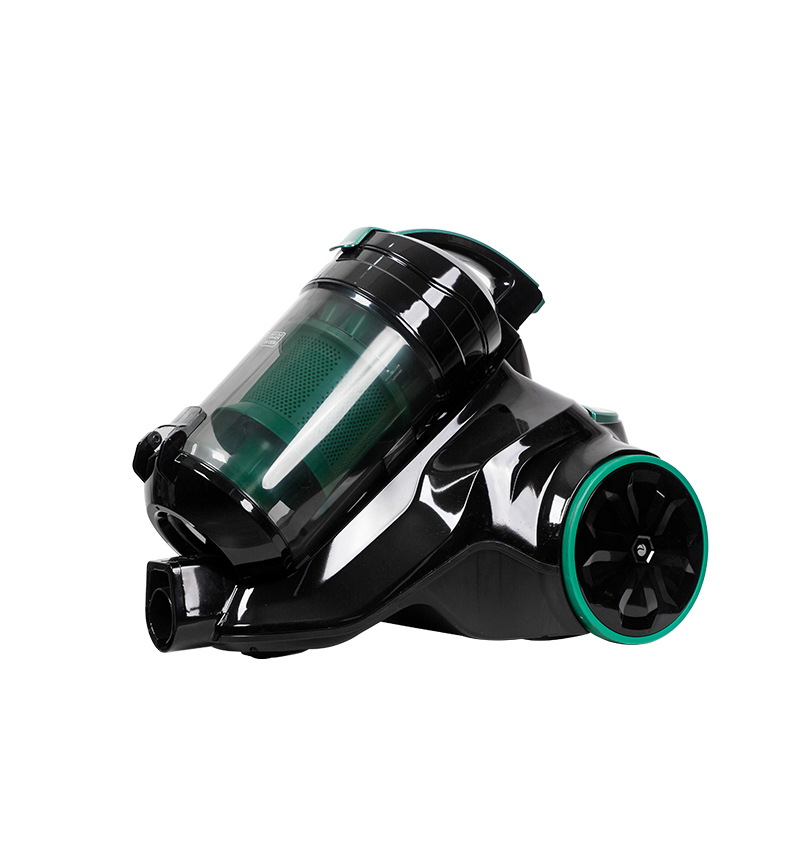A wired vacuum cleaner's ability to handle different types of debris is influenced by several factors, including suction power, brush design, filtration system, and additional attachments. Here's how a wired vacuum cleaner typically manages various debris:
Suction Power: The vacuum's motor provides the necessary suction to lift and hold debris within the vacuum's path. Stronger suction is generally better for picking up larger and heavier particles.
Brush Design: The vacuum's brush roll or beater bar helps to agitate and lift debris from surfaces. Some vacuums have adjustable brush settings to better handle different types of flooring.
Attachments: Different attachments are designed for specific types of cleaning:
Crevice Tools: For cleaning tight spaces and edges.
Dusting Brushes: For delicate surfaces like furniture and curtains.
Upholstery Tools: For cleaning sofas, mattresses, and other fabric surfaces.
Filtration System: A vacuum cleaner's filtration system is crucial for capturing fine particles and allergens. HEPA filters are particularly effective at trapping very small particles.

Dust Capacity: The size of the dust bin or bag affects how much debris the vacuum can hold before needing to be emptied. Larger capacities are better for longer cleaning sessions without frequent stops to empty the container.
Motorized Nozzles: Some vacuums come with motorized nozzles that can be used on carpets to deep clean and remove embedded dirt.
Adjustable Suction: Some vacuums allow you to adjust the suction power, which can be useful for delicate items that might be damaged by high suction.
Wet/Dry Capability: While less common in vacuum cleaners, some models can handle both dry debris and liquid spills, making them versatile for various cleaning situations.
Pet Hair Tools: Special attachments designed for removing pet hair from carpets and upholstery are available in some vacuum models.
Cyclone System: Some vacuums use a cyclone system to separate debris from the airstream, improving filtration and maintaining consistent suction power.
Noise Level: While not directly related to debris handling, a lower noise level can be a consideration for users who want a quieter cleaning experience.
Ease of Maintenance: How easy it is to clean and maintain the vacuum's components, such as emptying the dust bin or replacing filters, can affect the vacuum's long-term effectiveness in handling debris.
Each vacuum cleaner model may have different strengths and weaknesses depending on its design and features. It's important to choose a model that best suits the types of debris you expect to encounter in your cleaning routine.


 中文简体
中文简体

















